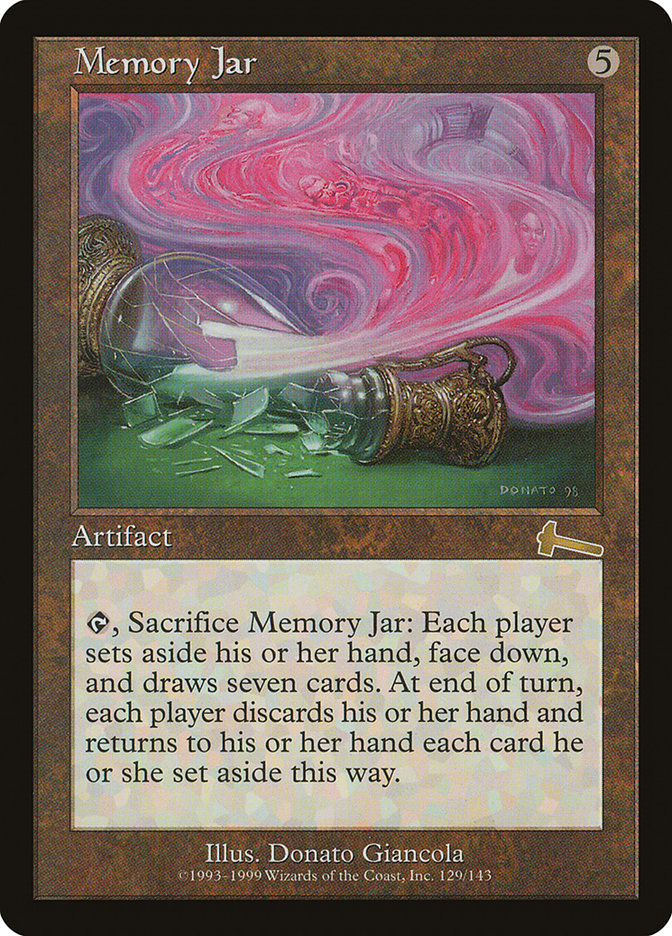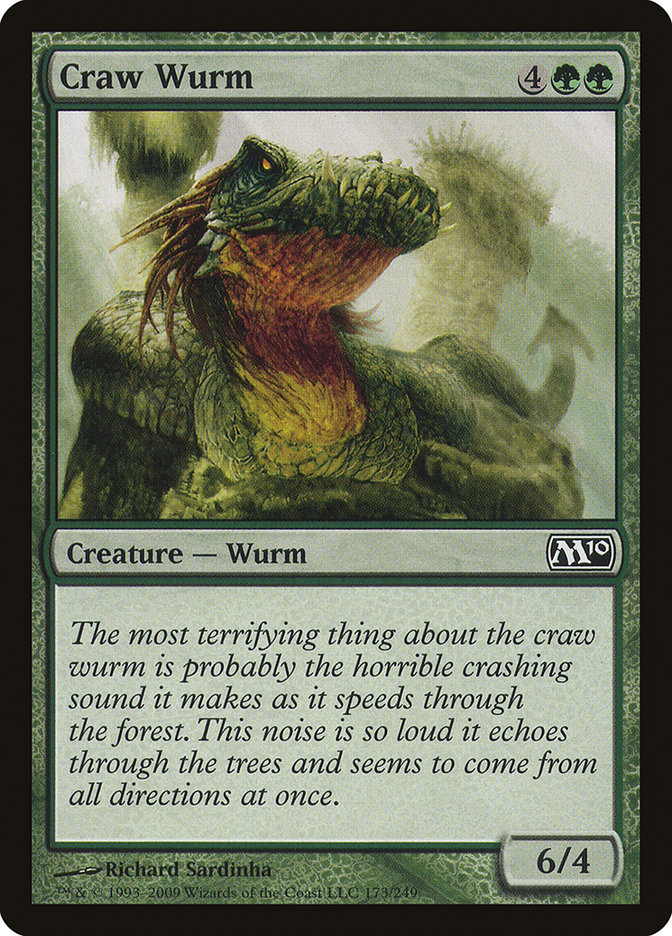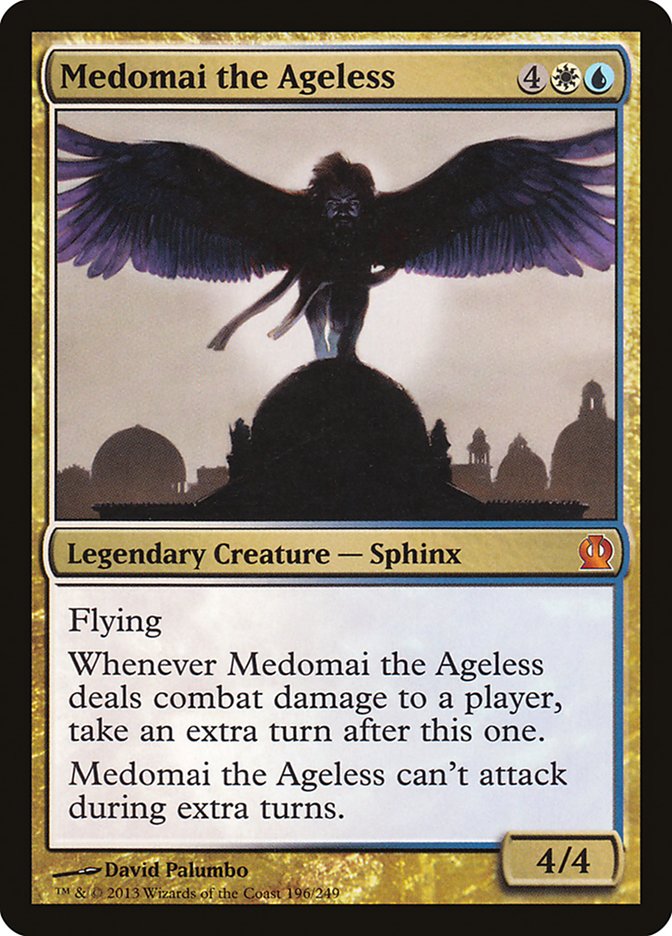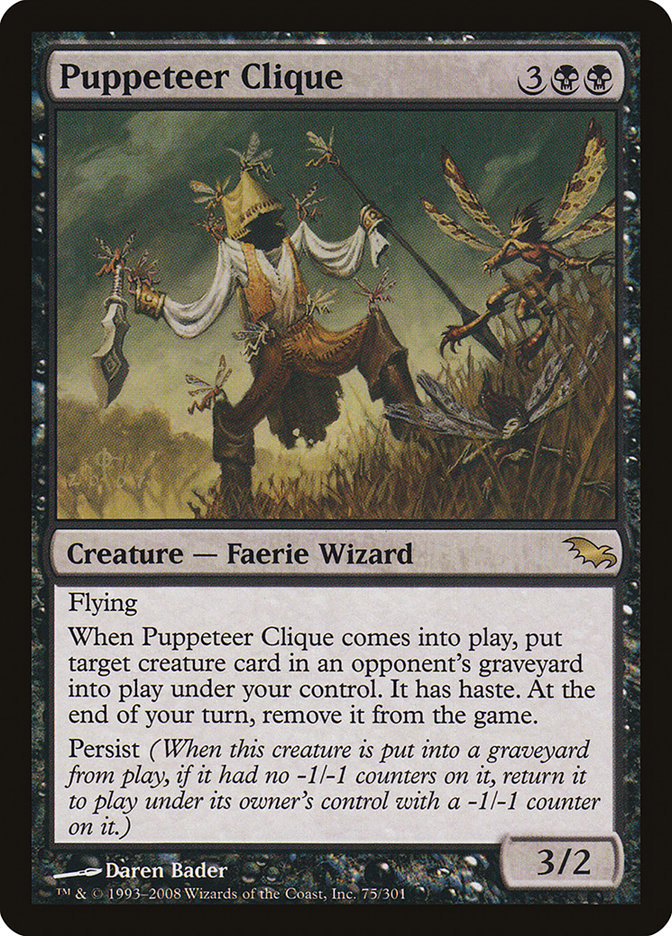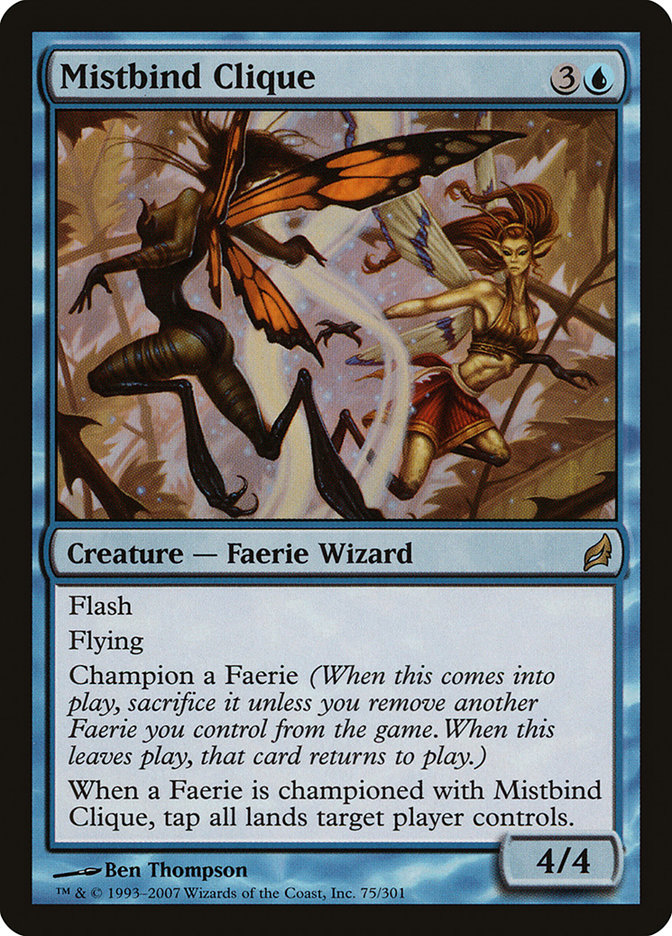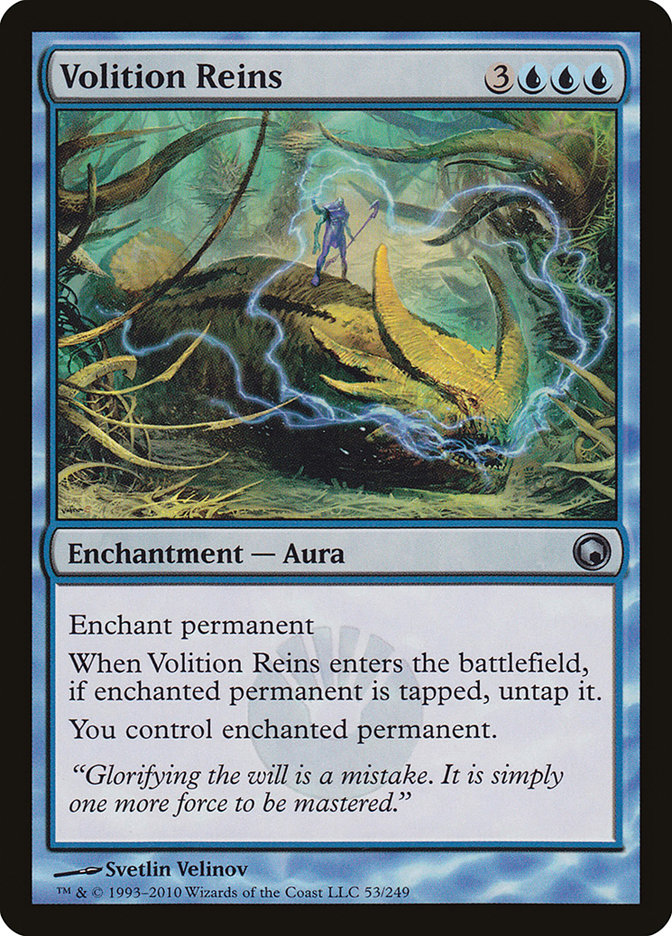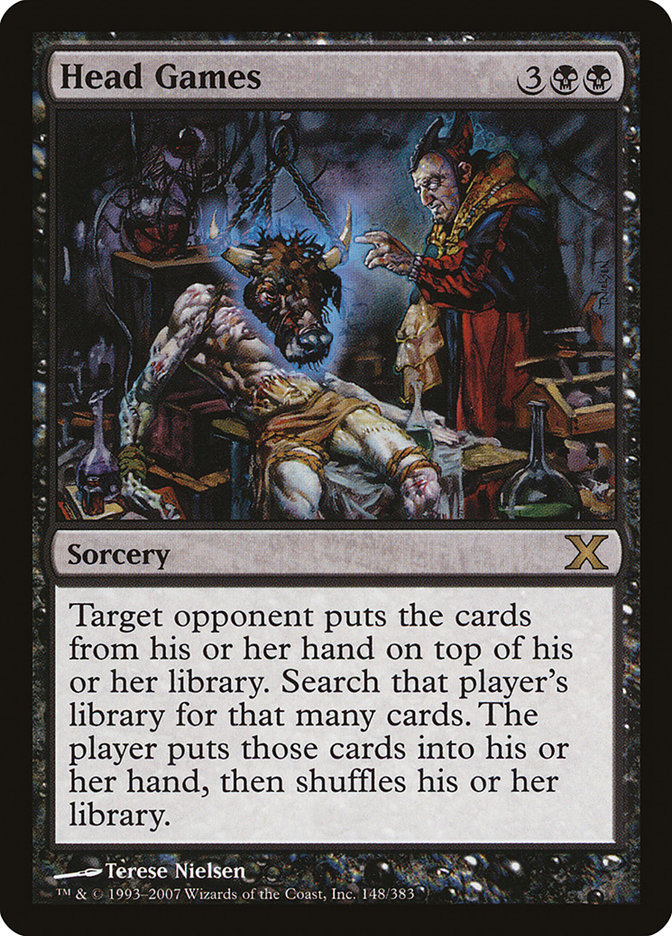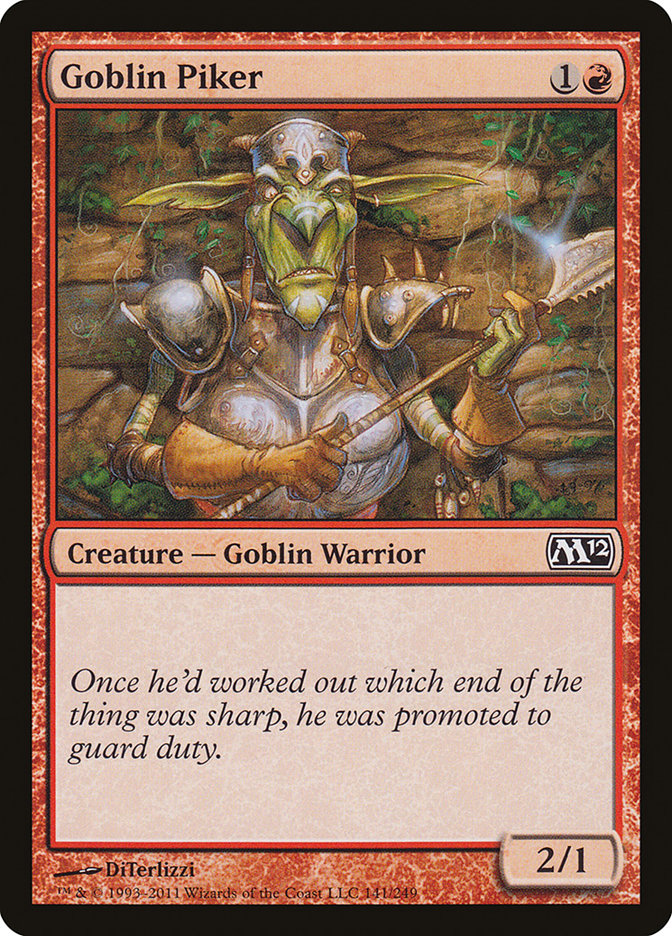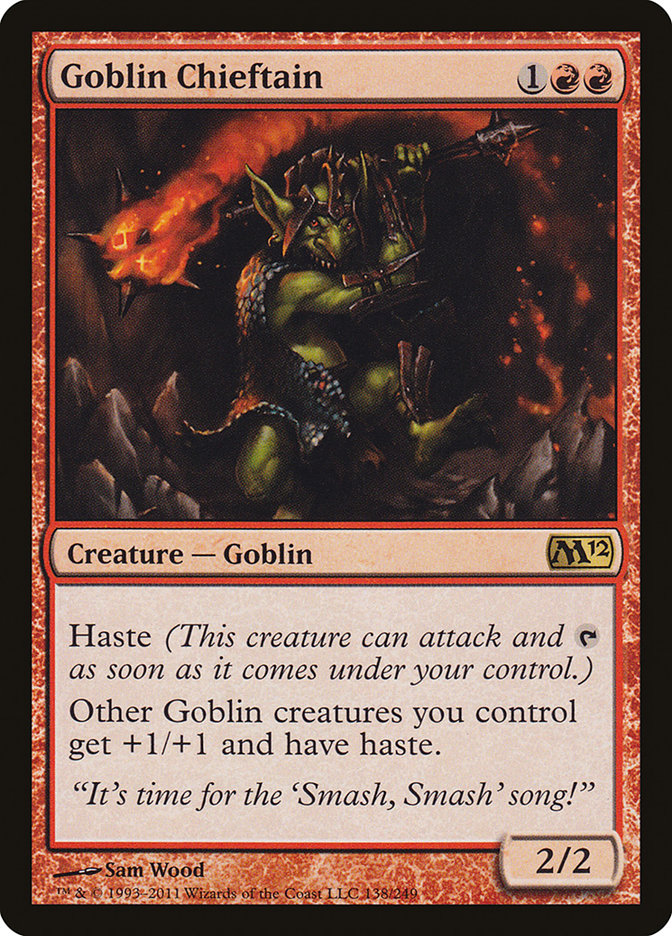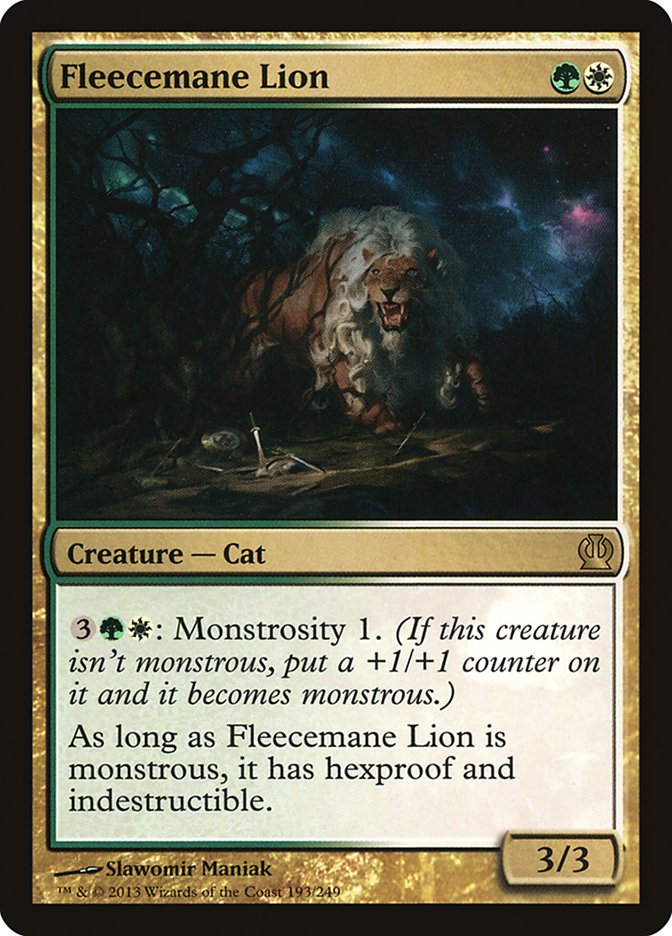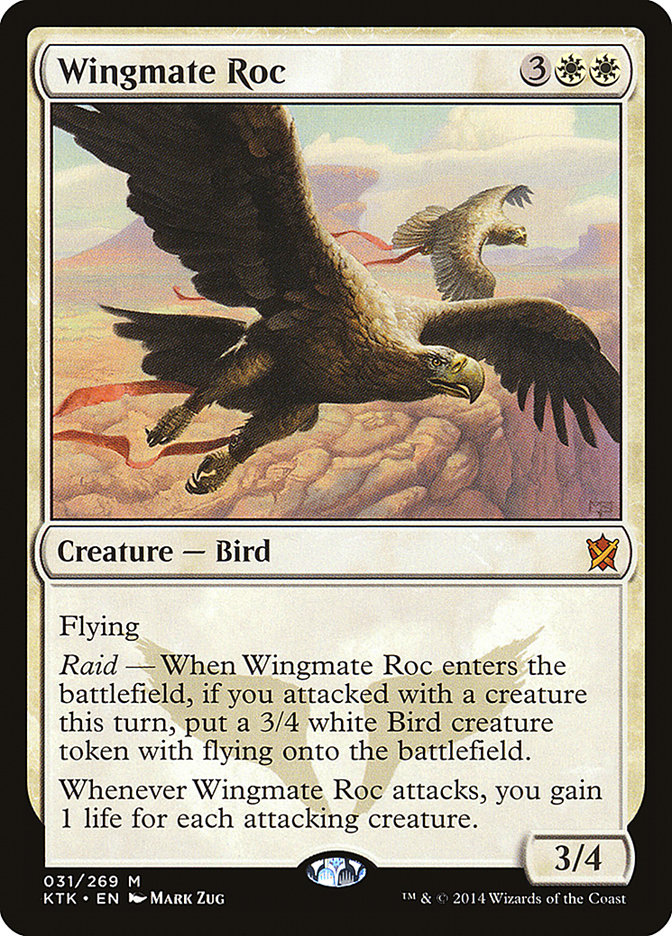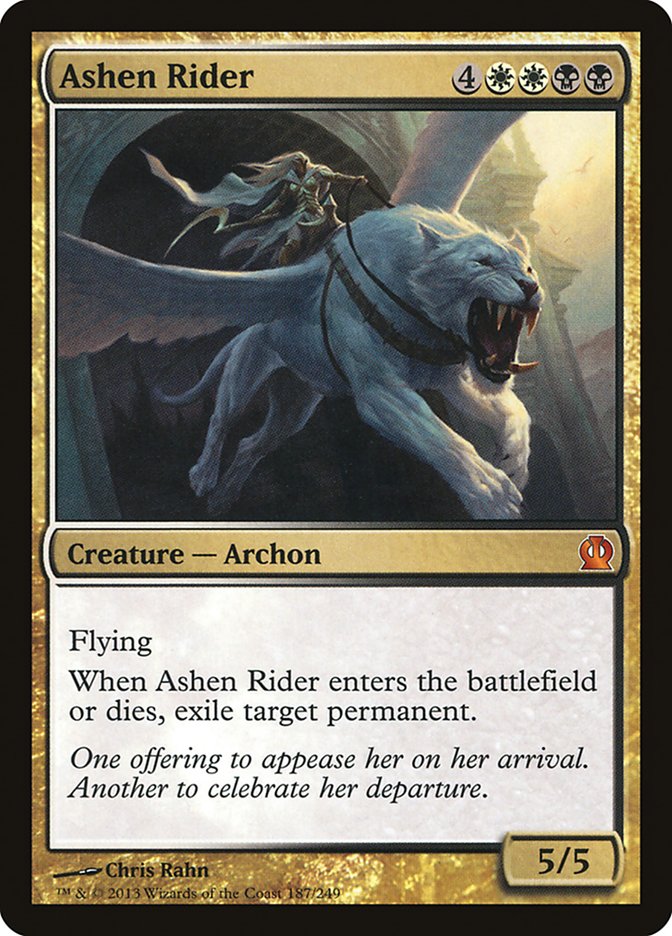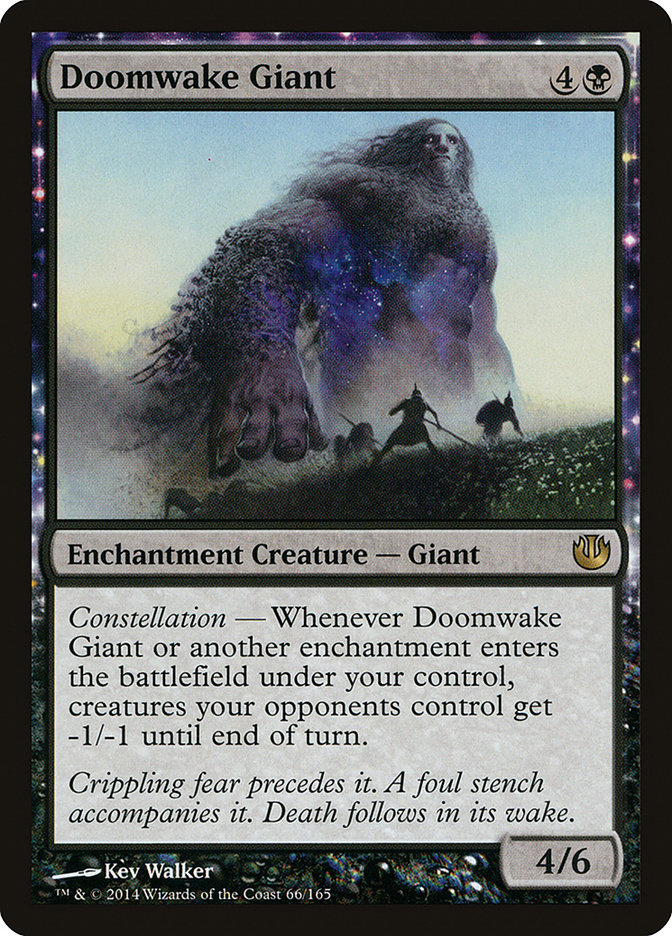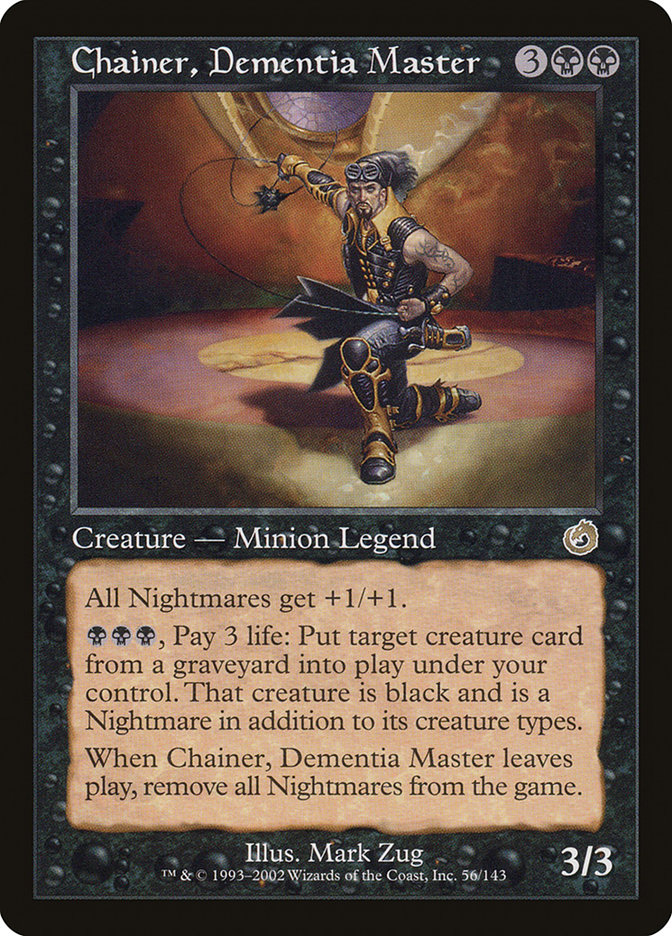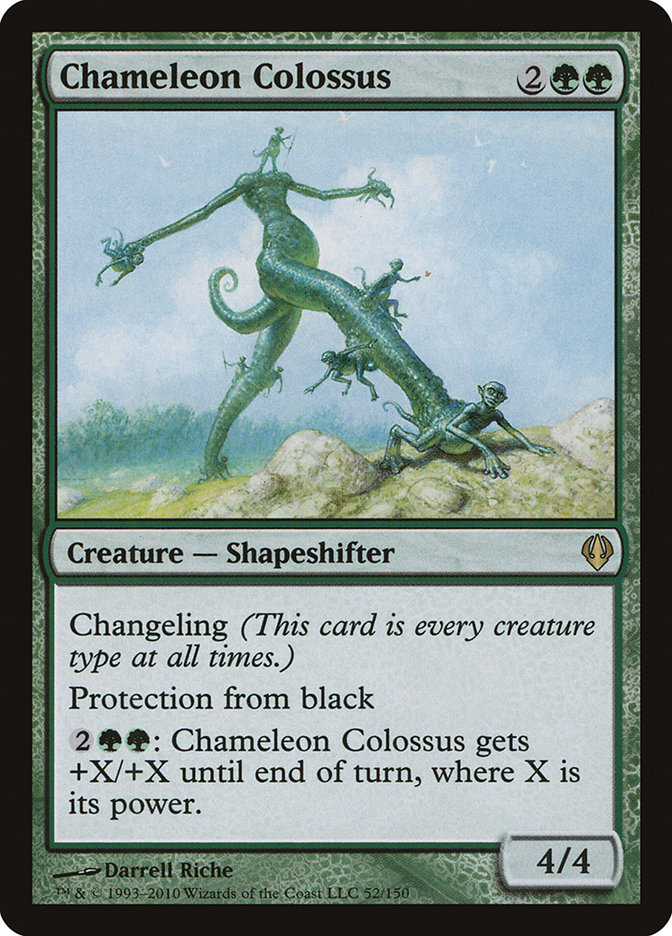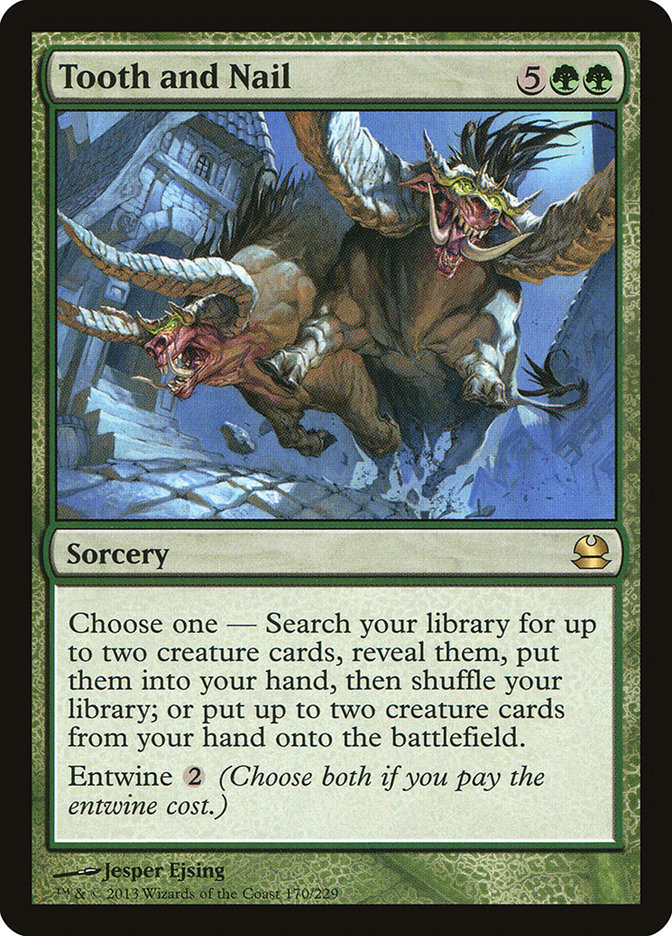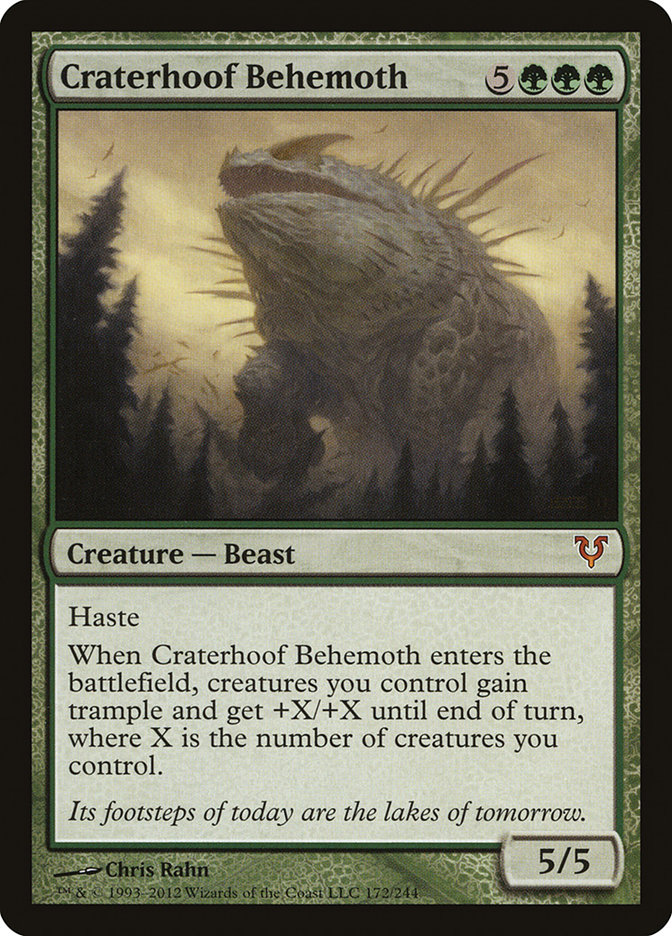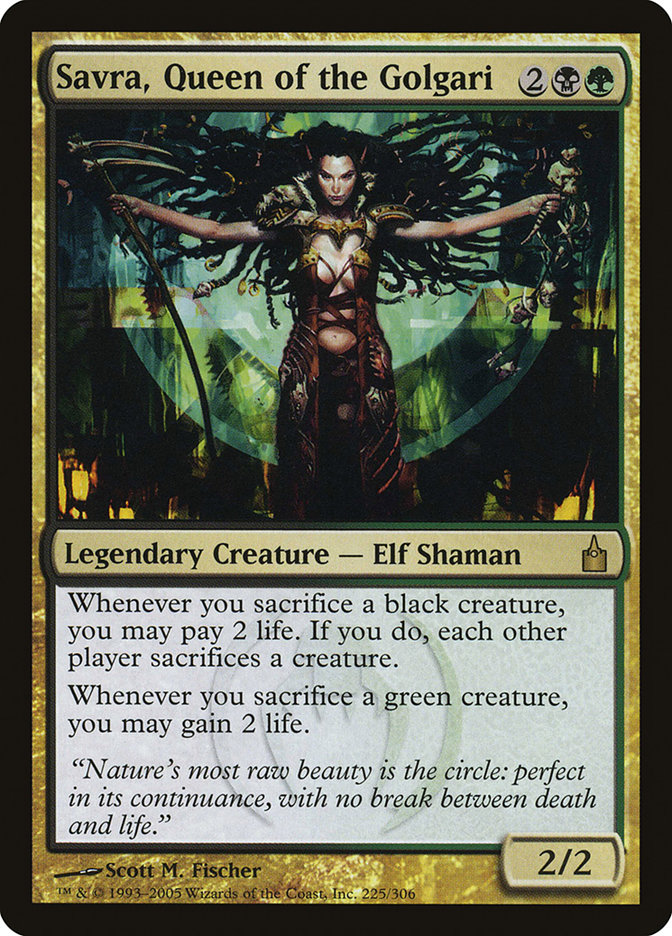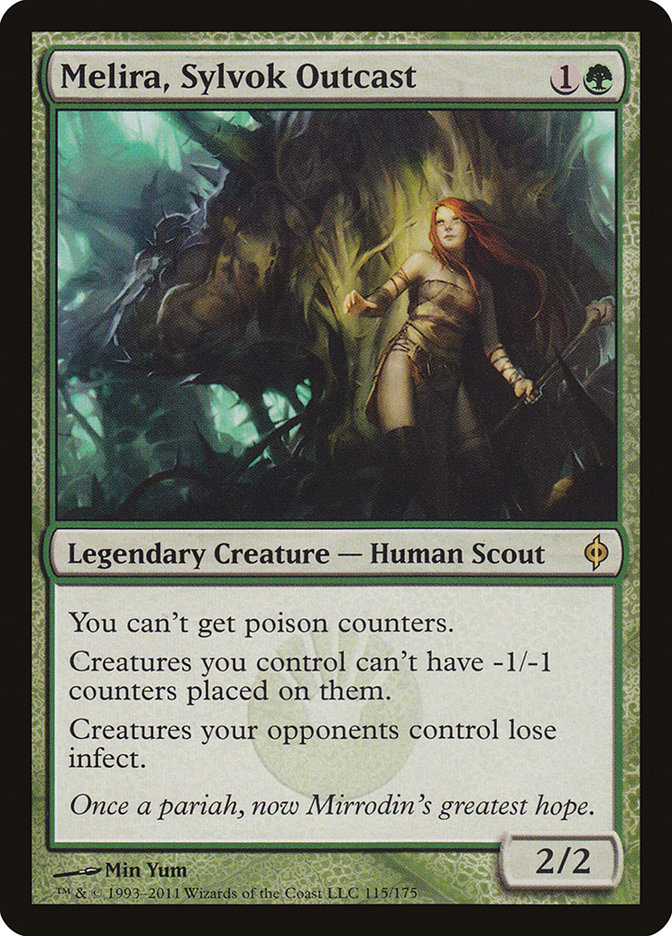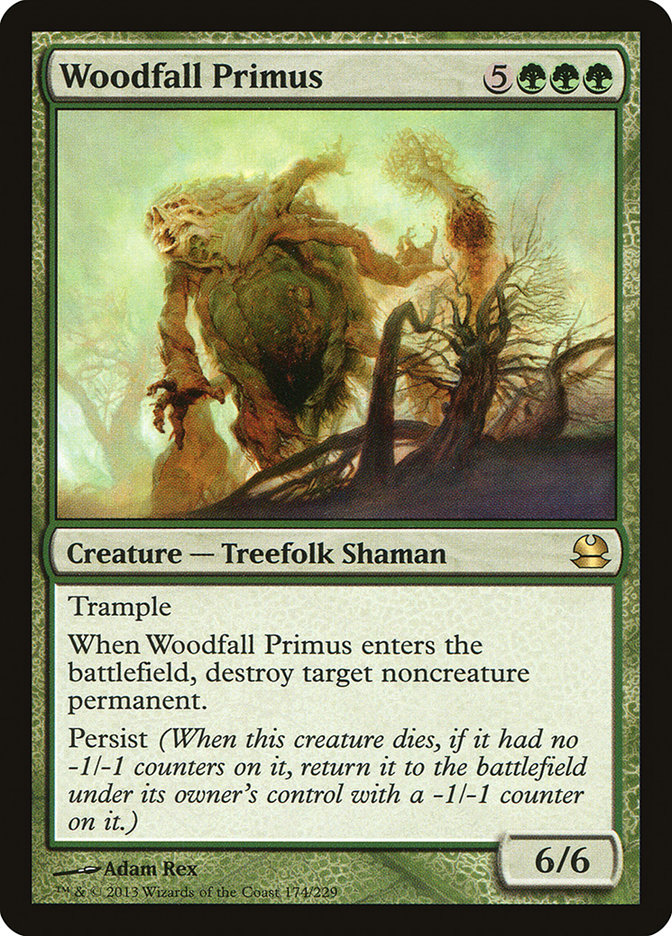It’s time to get back to the usual. This week, we’re back to growing the Single Card Spotlight brand, and I won’t rest until I have a private jet with
Single Card Spotlight written on the side. (It may be a while before I get to rest.) I’m sure I’m going to be regretful that I burned this card up when
Battle For Zendikar hits later this year and we’re using See the Unwritten to cheat 80/80s into play or whatever the hell, but it’s the strangest card I’ve
played with a lot lately, so let’s just get on with it.
The first part my column this week will be digging the Single Card Spotlight hole I’ve already dug, but if you’re not interested in seeing what is
unwritten (one of you flavor nerds can feel free to tell me what that means), then rest assured that there is also a Tiny Leaders treat near the bottom. Don’t scroll down yet! You have to earn it.
Standard
This card has yet to make a sufficient dent in Standard, and that, my friends, is a crying shame.
It showed a lot of promise early on in the format by taking one world class player to a deep run at the first Pro Tour of the season. Behold, greatness
from the land of obscurity:
Creatures (31)
- 3 Hornet Queen
- 4 Elvish Mystic
- 1 Polukranos, World Eater
- 4 Sylvan Caryatid
- 4 Fleecemane Lion
- 3 Reaper of the Wilds
- 4 Courser of Kruphix
- 1 Doomwake Giant
- 3 Wingmate Roc
- 4 Siege Rhino
Lands (24)
Spells (5)
Sideboard

I love decks like this. Players in other countries don’t have the Open Series metagame self-reinforcing deck choices like we do. This format is so healthy
and diverse, and yet there are still mostly unplayed strategies that are perfectly legitimate (75th is a great showing for a deck regardless of a format’s
infancy or the fact the tournament is also Limited). Don’t be afraid to try new things!
Speaking of which, I need to antagonize a bit.
An Aside on G/W Devotion (Antagonizing Section)
Like most of you, I spent the weekend watching a lot of GP Miami coverage. The breakout of G/W Devotion was expected by many, and bemoaned by others. While
I understand the Internet is an inherently whiny place sometimes, I was flabbergasted by the sheer number of people complaining about the deck. There were
a lot of sincere remarks about banning cards to get rid of the deck.
Like…are you real?
Gerard Fabiano has been a great Modern ambassador recently, both in his success with the format and his dismissal of the sentiment that the format sucks
because Thoughtseize and Inquisition of Kozilek murdered someone’s parents or robbed a grocery store or whatever.
The suspect was last seen fleeing on hoof.
What hope does Gerard have in a world where people are ready to ban a card in Standard based on one tournament? In some cases, one match.
In what world do we equate this…
…to this:
The worst part of it was that people were calling it a “fail” on Wizards part.
Here’s the thing: Fate Reforged has been out for over a month and until this weekend, you didn’t know the deck existed. Sam Black wrote about it. Other big
name players started messing with it. And at GP Miami, if you paid attention to those things, you stood a big chance of being rewarded. How can a person go
from not even being aware of a deck’s existence to calling it a development failure within a single tournament?
If most of the playerbase builds the same deck within the first week of a format and no deck beats it with any reliability, that is a development failure.
When the healthiest Standard of all-time has a new and interesting deck breakout at a tournament after five months of health, that is not a development
failure.
It is cool to see two players have life totals in the triple digits in a Standard match. Now that people expect the deck to be good, that will probably not
happen again, and it could be years and years before we see a matchup with that sort of insane dynamic. Enjoy the fact that we’re seeing something we
haven’t seen before and may never see again. This weekend was a small miracle. Stop being angry at everything all the time.
Now then, where were we?
Creatures (30)
- 2 Hornet Queen
- 1 Polukranos, World Eater
- 4 Sylvan Caryatid
- 2 Ashen Rider
- 1 Boon Satyr
- 2 Reaper of the Wilds
- 4 Courser of Kruphix
- 3 Doomwake Giant
- 2 Anafenza, the Foremost
- 4 Siege Rhino
- 2 Whisperwood Elemental
- 2 Tasigur, the Golden Fang
- 1 Temur Sabertooth
Lands (26)
Spells (4)

Boom!
Let me talk about the history of this deck before talking about how it functions.
When this Standard format was first starting out, I celebrated that the cards Wizards wanted me to play were Abzan colors. I very much enjoy green and
white cards. I don’t mind black cards in the least. Blue cards are not typically my cup of tea, but I can get by if I like a blue deck that much. If I’m
playing a deck that is very much centered around red cards, I feel like I have an enormous competitive advantage because otherwise I wouldn’t be touching
them.
Green, white, and black cards? Sign. Me. Up.
After a few weeks of Abzan Midranging and finding the list I liked, I got bored. It wasn’t that the deck was bad. It was just that, at the local level,
things got a little too predictable too quickly. Siege Rhinoing your way through other people’s bad draws and experimental brews is money in the bank at big events, but
at smaller affairs, it’s almost a waste of an evening. I wasn’t playing in Opens every weekend. I was playing in Win-a-Boxes, FNMs, and the like.
In order to keep things interesting, I decided to look outside of the Open Series American metagame for something foreign and different, something other
than the Ouroboros of our weekly Magic results. That’s when I found Kuo’s beastly Pro Tour deck.
This deck has a very simple gameplan: accelerate into four-drops, cast See the Unwritten (your opponent will often need to read it, just a heads up), and
then put Ashen Rider or Hornet Queen on the battlefield. Even if you don’t draw See the Unwritten, you’ll still have a solid gameplan of turn 3 Siege
Rhino. That seems to do fine.
The other great thing about this deck is that it is the perfect teaching tool for how to not go overboard in sideboarding. There are lots of nice utility
spells in the board for certain matchups, but the more noncreature spells you board in, the worse your See the Unwrittens will be. So keep it tight.
The “Little Kid” Card
I don’t know how it is with other Magic communities, but in my region, we’ve occasionally thrown around the berating term, “little kid.” This isn’t to be
taken literally, and it has very little to do with a person’s age. It’s a term to describe a deck or strategy that is akin to the kind of big clunky bad
things we all did as kids when we were first learning to play Magic.
The patron saint of little kid-ing.
If you’re ever playing at local-level events, you’re bound to run into someone once in a while that hasn’t been in the game as long as you have. For this
very reason, I am a strong advocate of the fourteen-card sideboard. The fifteenth card is always reserved for what I call “The Little Kid Card.” It’s
important to keep Magic fun, and one of the best ways to do that is to always allow room in your sideboard for living the dream. The dream is most easily
lived against little kids (whether they be twelve years old or forty).
This is this deck’s little kid card. I bring it in to pick on little kids.
Whether it was a few years ago during the reign of Faeries:
Or during Standard Jace mirrors:
It’s always important to have a card in your sideboard that your opponent has to read right before they realize they’re dead.
Even LSV isn’t above it.
Creatures (16)
Planeswalkers (3)
Lands (25)
Spells (16)

No, that’s not a deck registration error.
It should also be noted that my Magic record against literal little kids is unfortunately subpar.
Everyone laughs until it happens to them.
A few notes on the deck’s construction:
This card was in the original version. It did nothing, and I hated it. Ramping from two to four in this deck matters. Ramping from one to three in this
deck does nothing shy of getting a Boon Satyr killed before it can enable ferocious. Hitting Elvish Mystic off of a See the Unwritten makes you look like a
fool. I would know.
Three power is a no-no. These two were in Kuo’s PT deck, but now that Fate Reforged is out and the metagame is more defined, netting only one creature when
you should be netting two is bad news. Plus, you get into all kinds of awkward raid issues when you’re trying to decide whether or not it’s good to attack
prior to a See the Unwritten casting. If for some reason you’re still playing against Elspeth every round, feel free to add some of these two. Or better
yet, just play another deck because Elspeth’s -3 literally beats this deck by itself most of the time.
This card is the single reason I’d like to run one more Whip in the maindeck. Against tokens, it’s pretty weak, but the rest of your deck is so
well-equipped to block a bunch of nonsense 1/1s that it doesn’t really matter. The bigger issue is that it can’t hit Stormbreath Dragon, but hey, they
can’t all be winners. I’ve had people literally check the set symbol on Ashen Rider to double check that it was in a Standard legal set.
One of my main construction issues with this deck was the lack of a really good delve engine. See the Unwritten and Tasigur, the Golden Fang obviously work
well together, but so many of the great delve spells are either blue or noncreature or both. Getting big monsters back with Tasigur is great and all, but I
can’t help but feel like there’s a little something missing. I refuse to believe that something is Gurmag Angler.
I originally played zero of these, but I’m willing to make a concession to the rise of manifest-oriented decks. Having a few more to go with Whips and
Coursers ensures that you can usually get a pretty good sweep out of it.
Next format please!
Commander
Tooth and Nail is a tutor, it isn’t random, and it’s game-winning. See the Unwritten is a great compromise to a terribly unfun Commander card. Out with the
old, in with the new.
This is my See the Unwritten. This is what I’m doing with it.
Creatures (35)
- 1 Sakura-Tribe Elder
- 1 Solemn Simulacrum
- 1 Verdant Force
- 1 Kiki-Jiki, Mirror Breaker
- 1 Coffin Queen
- 1 Krosan Tusker
- 1 Chainer, Dementia Master
- 1 Genesis
- 1 Visara the Dreadful
- 1 Krosan Cloudscraper
- 1 Eternal Witness
- 1 Savra, Queen of the Golgari
- 1 Brooding Saurian
- 1 Chameleon Colossus
- 1 Murderous Redcap
- 1 Woodfall Primus
- 1 Fleshbag Marauder
- 1 Flameblast Dragon
- 1 Hellkite Overlord
- 1 Kresh the Bloodbraided
- 1 Acidic Slime
- 1 Bloodghast
- 1 Terastodon
- 1 Grave Titan
- 1 Inferno Titan
- 1 Wurmcoil Engine
- 1 Steel Hellkite
- 1 Sheoldred, Whispering One
- 1 Melira, Sylvok Outcast
- 1 Vorinclex, Voice of Hunger
- 1 Balefire Dragon
- 1 Burnished Hart
- 1 Ghoulcaller Gisa
- 1 Sidisi, Undead Vizier
- 1 Dragonlord Atarka
Lands (36)
Spells (29)
- 1 Sol Ring
- 1 Regrowth
- 1 Ancient Craving
- 1 Grave Pact
- 1 Darksteel Ingot
- 1 Kodama's Reach
- 1 Plague Wind
- 1 Beacon of Unrest
- 1 Lightning Greaves
- 1 Mind Stone
- 1 Greater Good
- 1 Hull Breach
- 1 Pernicious Deed
- 1 Golgari Signet
- 1 Putrefy
- 1 Gruul Signet
- 1 Wrecking Ball
- 1 Word of Seizing
- 1 Where Ancients Tread
- 1 Jund Charm
- 1 Vengeful Rebirth
- 1 Expedition Map
- 1 Cultivate
- 1 Swiftfoot Boots
- 1 Rain of Thorns
- 1 Whip of Erebos
- 1 Toxic Deluge
- 1 See the Unwritten
- 1 Murderous Cut

This is essentially a hybrid between the Tooth and Nail decks and the graveyard decks of the format. Instead of going all-in on one obnoxious done-to-death
gameplan, I’ve merged these concepts into a deck that lacks in a singular focus. If that isn’t what you want to do, that’s fine, but I find one of the most
joyous aspects of Commander is in its randomness. One of the ways to maximize this without going all Warp World on everybody is to take a few things you
really like to do and just shove them in the same deck. Some games, you’re going to draw very well and execute a gameplan effortlessly and win. Other
games, you’re going to draw pieces that work fine together but that don’t make for a blowout game. It’s important and fun to challenge yourself. Your
Commander deck will reward you if you give it a chance to fail once in a while. It’s so much more fun to laugh at this accidental synergy…
…than to be the ten millionth person to point out this synergy:
This reminds me that I want to give mad props to Sheldon Menery. I absolutely love checking out his Commander decks. There’s a certain foot he has in the
spirit of the format and its inception (probably because he was there for it) that reminds us to build decks from our trade binders sometimes instead of
just constructing a big 100-card tank that just runs over people.
Nevertheless, this is my latest Commander list. It has almost no tutors (New Sidisi goes way too well with Savra, Queen of the Golgari for me not to try
her here) other than land ramp, and it has a handful of cool combos, none of which you can pull up whenever you want and none of which are terribly
gamebreaking.
If you can’t kill them off of a series of massive attacks and Where Ancients Tread triggers, then you can probably do it with graveyard attrition and
random “get lucky” See the Unwritten castings.

Tiny Leaders And Magic Origins
If you run into me later on this year and want to play Tiny Leaders, this is what you’re up against. You’ve been warned.
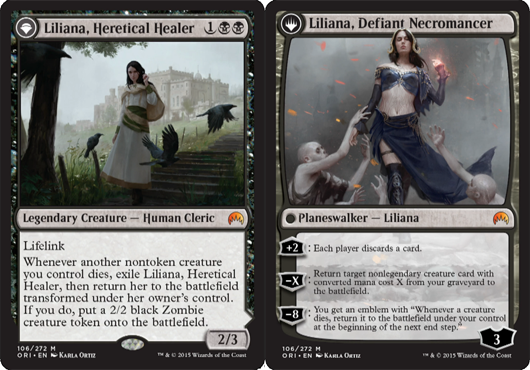
Creatures (14)
- 1 Hypnotic Specter
- 1 Black Knight
- 1 Kiku, Night's Flower
- 1 Coffin Queen
- 1 Withered Wretch
- 1 Carrion Feeder
- 1 Nantuko Shade
- 1 Dark Confidant
- 1 Fleshbag Marauder
- 1 Bloodghast
- 1 Gatekeeper of Malakir
- 1 Vampire Hexmage
- 1 Vampire Nighthawk
- 1 Geralf's Messenger
Lands (17)
Spells (18)







